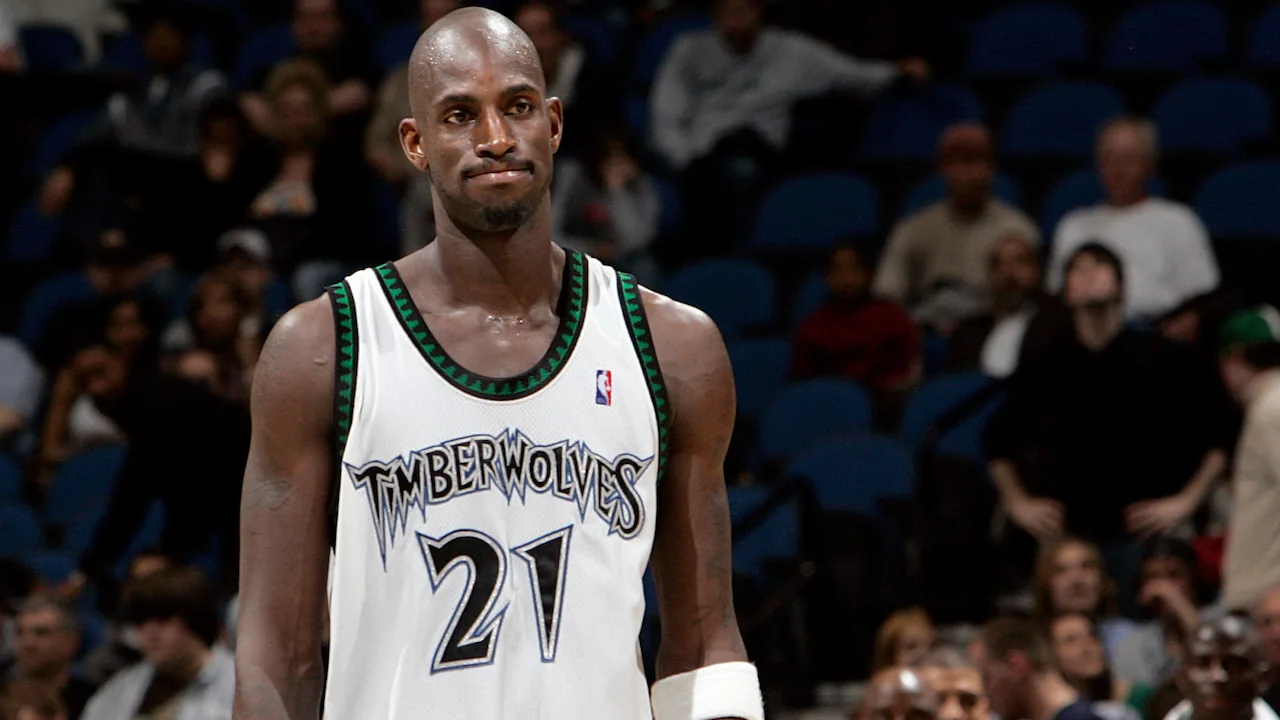Latest Sports Picks, News and Previews

The controversial topic of the One-and-Done rule in the NBA has a variety of perceptions. However, its main purpose is to prevent high school basketball players from being considered for the NBA too early in their youth careers. The difference between high school and NBA play is monumental, so pro leagues must take precautions in recruiting players who are too young. To prevent this from happening, potential high school NBA prospects are not allowed to join a team and sign contracts until they finish one full season within the NCAA.
In this article, we’ll describe how the NBA’s One-and-Done rule has affected college and pro-level basketball and highlight notable players to which the rule pertained.
The most orthodox way that the 30 participating NBA teams acquire newer youth talent is through the annual NBA Draft. The rules for the draft have changed several times throughout the years, with the main eligibility point being a player may only sign with the NBA once they are 19 years or older.
The law’s goal is to protect the safety of younger players who may be taking too big of a leap through the next two levels of the sport, which is essentially skipping the entire college level altogether. Like it or not, with this rule implemented, high school players with sights on becoming professional-level players must commit to one entire season at the collegiate (NCAA) level.
In the past, college basketball players would see out a full four years of their NCAA career before considering joining the NBA until the notorious Spencer Haywood case came along. Spencer Haywood was a crucial player to the Denver Rockets, joining after his Sophomore year at the University of Detroit.
This case took place in 1971 before the One-and-Done rule was enacted in 2005, where Haywood would challenge the NBA’s ruling that a player couldn’t join the NBA until four years after they graduate from high school. This meant that regardless of whether you went to college for 1+ seasons or didn’t go to college at all, you had to wait until you were 20+ years old or were 4 years out of high school. In the end, the case was settled with the NBA modifying its four-year rule to allow eligibility into the NBA depending on certain “hardships” experienced by the candidate.
Before implementing the rule in 2005, a massive influx of players from high school were recruited to the NBA due to their being such a high talent pool at the time. In 1975, Darryl Dawkins and Bill Willoughby joined the NBA right from high school, which would have been around the same time as the Haywood vs. NBA court proceedings.
Before 2005, many stars of the game would head to the NBA as soon as they graduated college, including Kevin Garnett to the Timberwolves in 1995, Kobe Bryant to the Hornets in 1996, Jermaine O’Neal to the Trail Blazers in 1996 and Tracy McGrady to the Raptors in 1997. In 2002, Lebron James would get drafted right from high school to play for the Cleveland Cavaliers, followed by Dwight Howard and Shaun Livingston in 2004, before Andrew Bynum would be one of the last notable high school players to go pro in 2005 before the rule was enacted.
In the modern NBA since then, players like Jayson Tatum (now on the Boston Celtics) and Zion Williamson (now on the New Orleans Pelicans) played for Duke University before heading to the NBA. Lonzo Ball, who was one of the top high school prospects for his time, went to the University of California before being drafted into the NBA, where he now plays for the Chicago Bulls. Even LeBron James’ son Bronny James went to the University of Southern California before joining his now NBA team, the Los Angeles Lakers.
Outside of Bronny, Tatum, Williamson, Ball and AD could’ve made an NBA roster straight out of high school. However, all four players likely benefited from an extra year in college. With the addition of NIL, it’ll be interesting to see how often players continue to be One-and-Done in college, as they can make more money while playing at school. However, players will likely continue to join the league after just one season if the compensation of an NBA contract outweighs that of NIL.

Liam has been a major sports fan and soccer player for over a decade, with a particular focus on major top-level soccer leagues, including the EPL, La Liga, Serie A, Bundesliga and MLS. He has written numerous promotional articles for various top sportsbooks and continues to publish historical and factual sports articles covering the NFL, MLS, NHL, MLB, EPL and more.